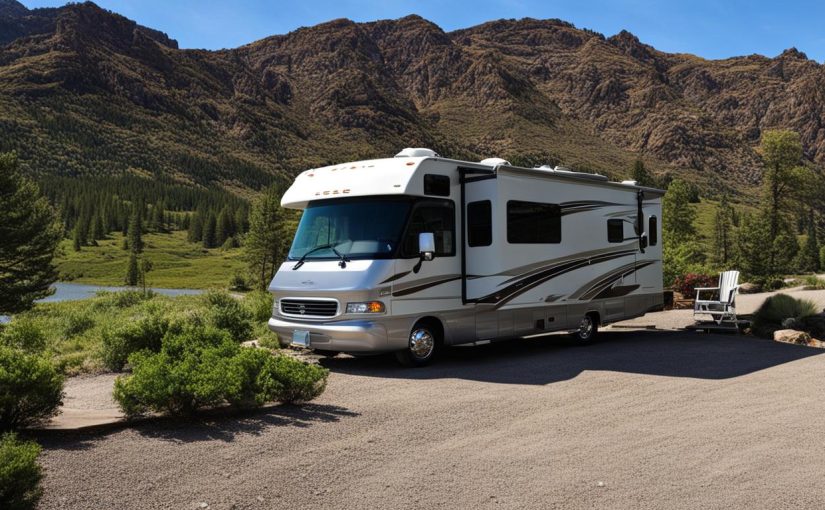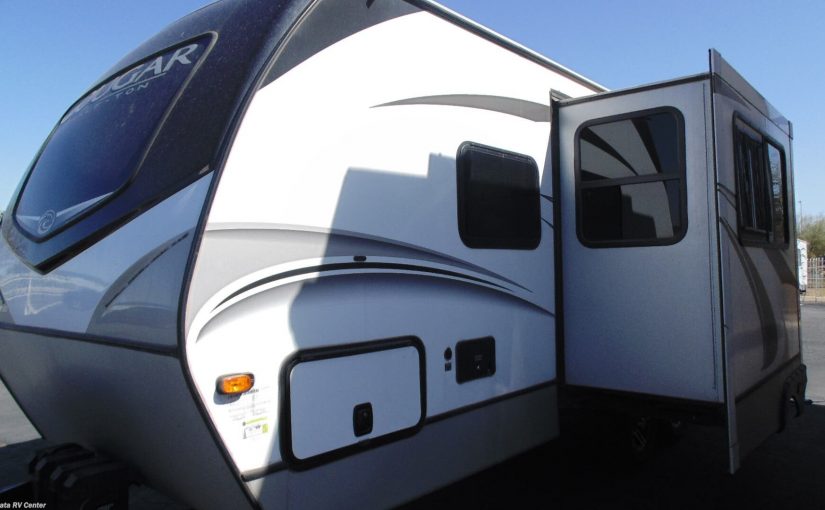Ever wondered which travel trailer brand is the best? Quality, durability, and customer happiness are key. In the crowded market, finding the top can be tough. Giants like Airstream, Winnebago, and Grand Design RV lead the way.
They stand out with their designs, strong builds, and features that put users first. Let’s look at the top brands known for their craftsmanship and reliability.
Key Takeaways
- Airstream offers iconic aluminum designs with a high resale value and comprehensive warranties, starting at $34,700.
- Grand Design RV is praised for lightweight options suitable for SUVs and strong customer support, with models beginning at $50,000.
- Winnebago, the largest RV producer in America, provides a wide range of options with competitive pricing starting at $25,000.
- Oliver Travel Trailers are known for customization and high-end craftsmanship, starting at $48,900.
- Jayco provides a broad selection of eco-friendly travel trailers with robust warranties, starting at $10,000.
Top Travel Trailer Brands to Consider
Several top travel trailer brands are known for their quality and customer satisfaction. Forest River is a leader with its great designs and reliability.
Oliver Travel Trailers are famous for their innovative designs and fiberglass construction. They have a perfect RV Insider Score of 5/5 stars, with prices from $65,500 to $73,500. Sizes range from 19.5 to 23.6 feet. nuCamp is also notable for its compact designs and modern amenities, scoring 4.3/5 stars.
Keystone offers a wide range of affordable options, but has mixed reviews with a score of 3.3/5 stars. Keystone Montana models cost between $60,000 and $100,000. Sizes range from 35 to 42.7 feet. Forest River also has a wide selection, scoring 4.1/5 stars from 3,000+ reviews.
- Winnebago: Known for innovative designs, Winnebago scores 4.1/5 stars from 1,100+ reviews.
- Grand Design RV: With a score of 3.9/5 stars, Grand Design RV is praised for its quality.
- Coachmen: Coachmen offers reliable and affordable options, scoring 3.8/5 stars from 800+ reviews.
- Outdoors RV: Outdoors RV scores 4.3/5 stars, focusing on rugged designs for outdoor adventures.
- New Horizons: New Horizons has an RV Insider Score of 4.4/5 stars, known for high-end, custom-built trailers.
- Alliance RV: Although newer, Alliance RV scores 3.4/5 stars with limited reviews.
The RV Industry Association (RVIA) reports that 323,470 travel trailers were made and shipped in 2022. This shows their popularity among adventure lovers. Each brand offers something unique, from luxury to budget-friendly options, meeting different needs.
Who Builds the Best Quality Travel Trailers?
Choosing the best travel trailers involves looking at warranties, build quality, and customer satisfaction. Airstream is known for its strong construction and long warranties. Their trailers have a three-year limited warranty and 24/7 tech support. This makes them a top choice for many.
Grand Design RV is also a top pick, offering lightweight trailers for SUVs and a three-year warranty. Their focus on quality and service makes them reliable. Winnebago also stands out with its three-year structural warranty and 10-year fiberglass roof warranty. These warranties ensure their trailers last a long time.
Oliver Travel Trailers are known for customization and high-quality craftsmanship. They have a strong owner support network, making them reliable. Their prices range from $65,500 to $73,500, showing their premium quality.
KZ-RV has been around for over 50 years, offering versatile and durable trailers. Gulf Stream Coach has produced nearly 3,000 RVs since 1971, making them a reliable choice.
Alliance RV is a newer brand that focuses on customer needs, changing the industry. They are known for their quality, durability, and loyalty to customers. They are a brand to watch.
Jayco offers good warranties, including a 2-year/24,000-mile limited warranty and a 3-year structural warranty. Their flexible floorplans and solid builds make them great for families and solo travelers.
The best travel trailers come from brands that value warranties, customer service, and quality. From Coachman Industries, with over 750,000 RVs produced, to new brands, the industry keeps growing. It offers many reliable options for all kinds of adventurers.
Conclusion
Choosing the best travel trailer depends on what you need and want. There are many options, from affordable to luxury models. Brands like Oliver are known for their quality and durability.
Oliver uses top materials like fiberglass and marine-grade aluminum. They also focus on safety. This makes them a favorite in the RV world.
Grand Design is great for those who value quality and service. Their models, like the Transcend and Imagine, fit various budgets. Northwood offers true four-season RVs, like the Arctic Fox, for different budgets too.
Lance Campers is growing fast and known for quality. Their models, from the 1475 to the 2465, suit many budgets. It’s smart to check out forums, read reviews, and consider an RV inspector before buying.
This ensures you’re happy with your purchase. It’s not just about traveling now. It’s a long-term investment too.






